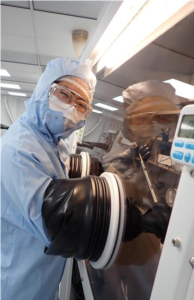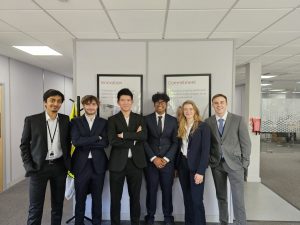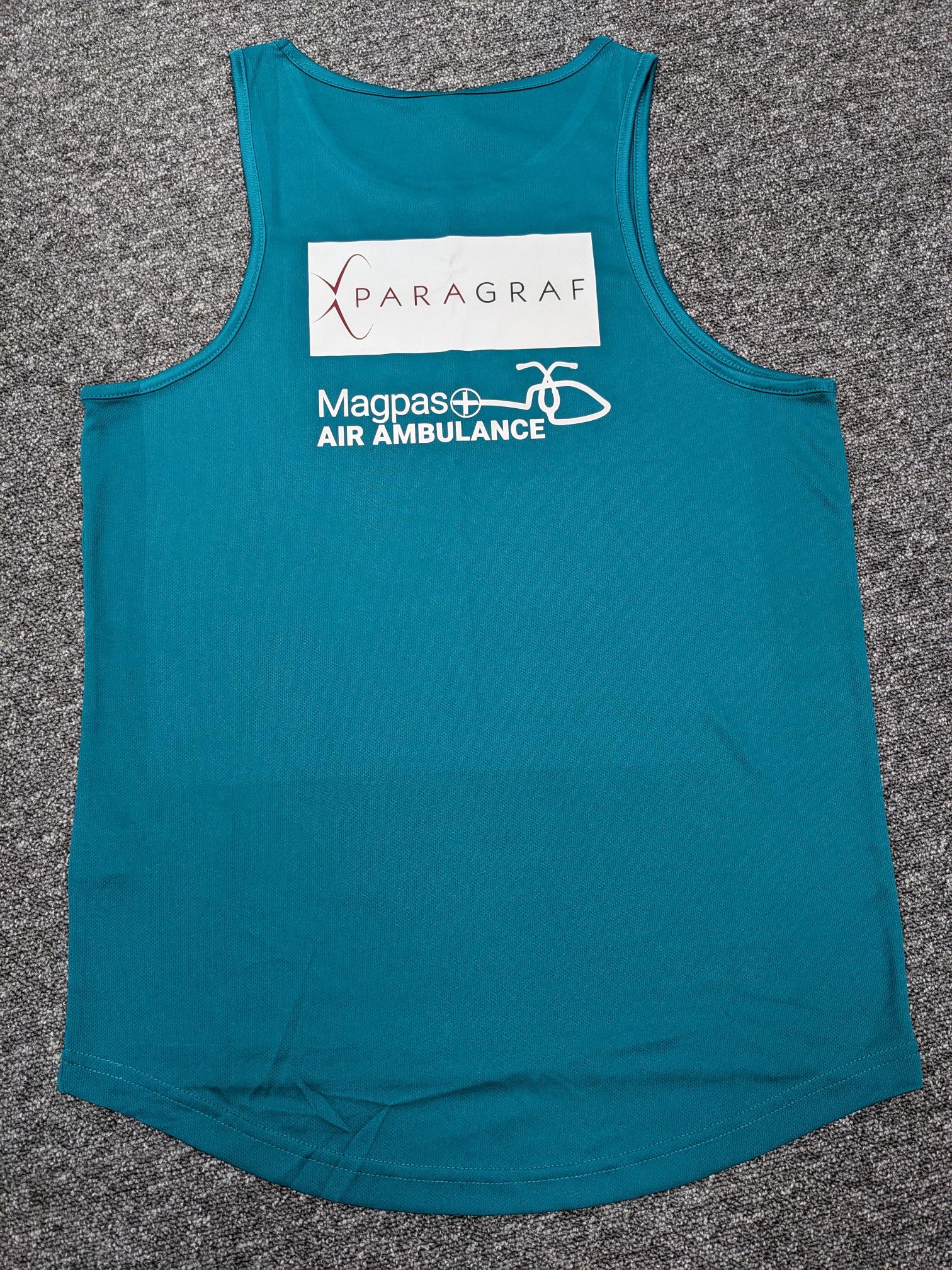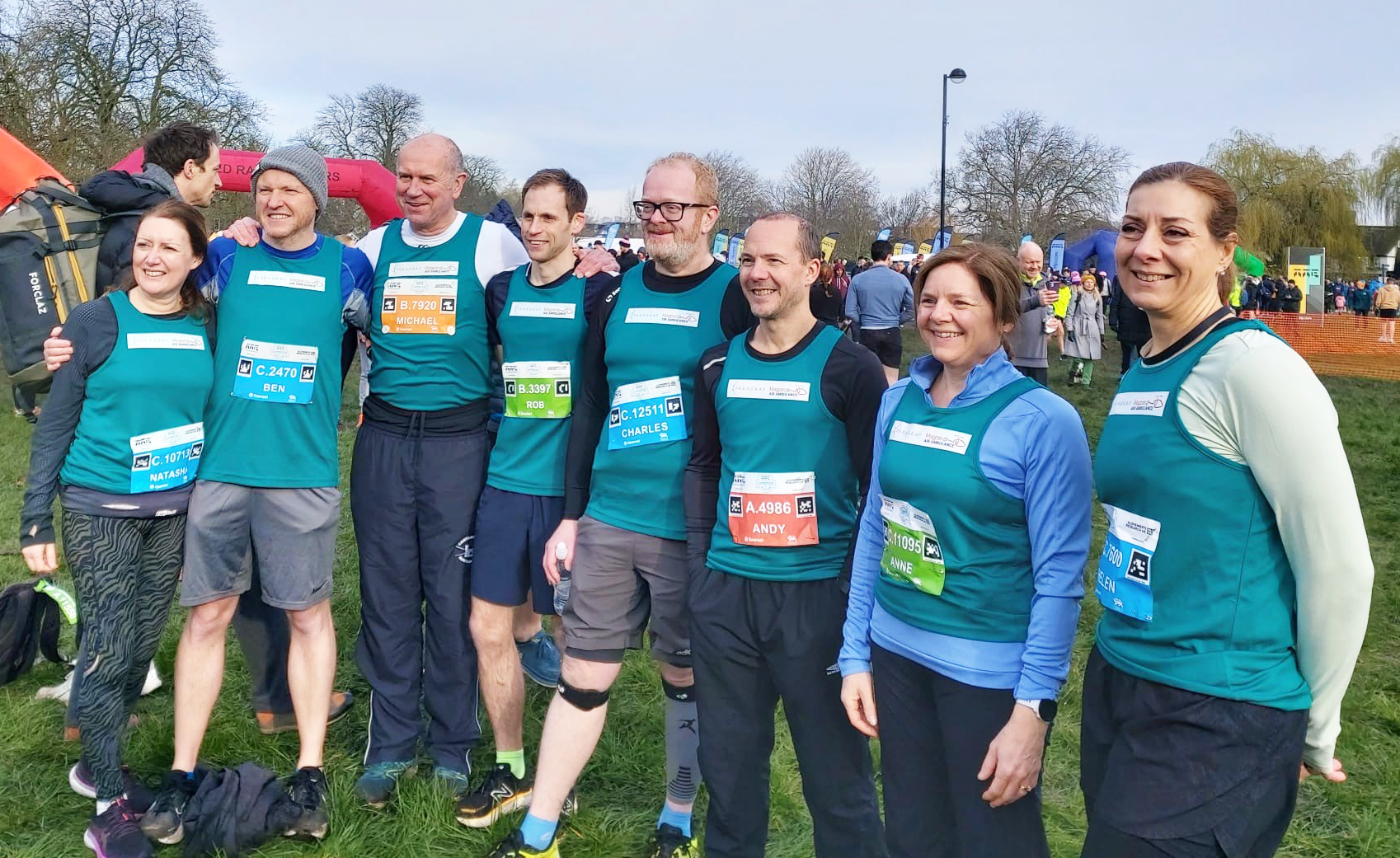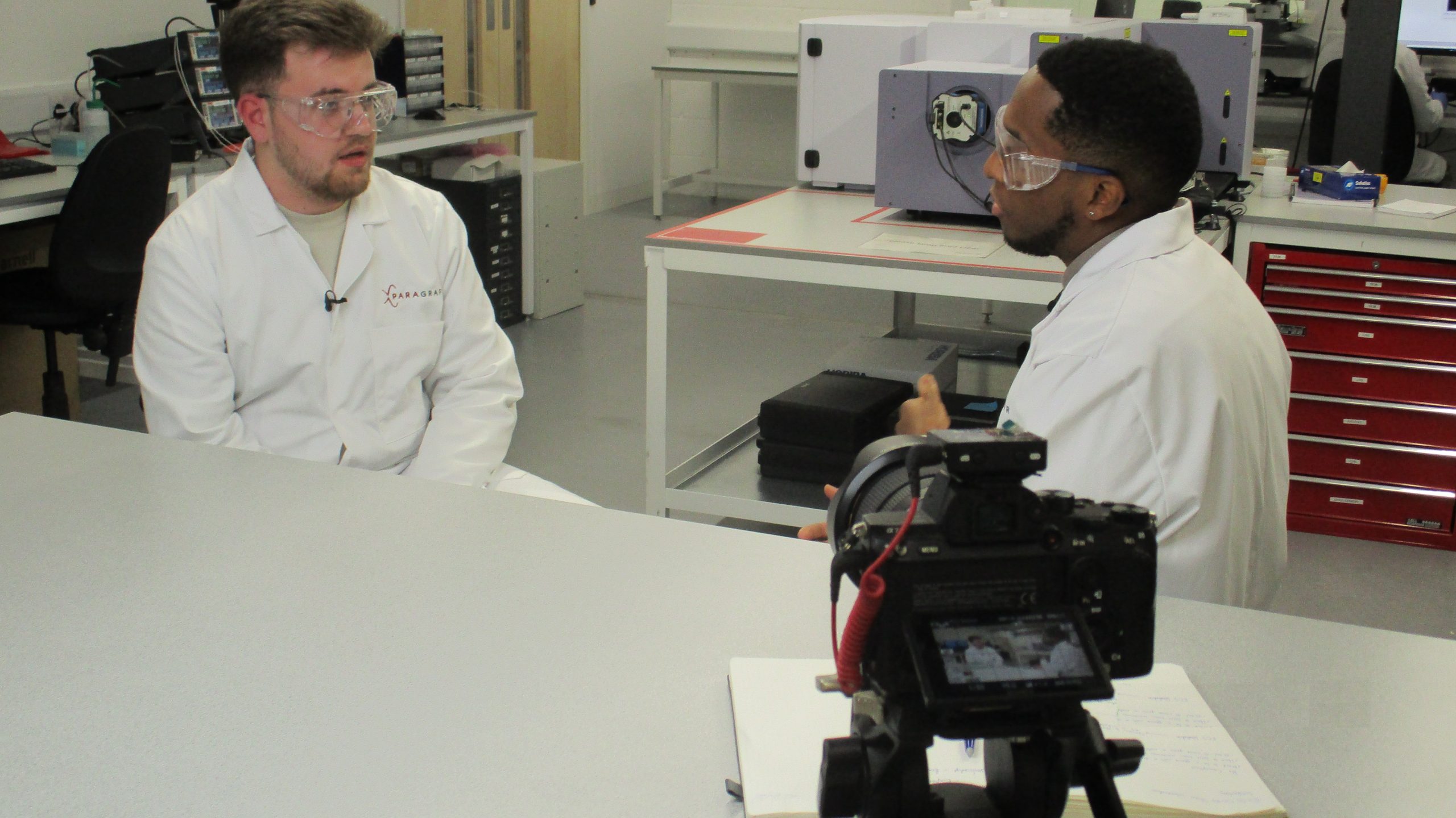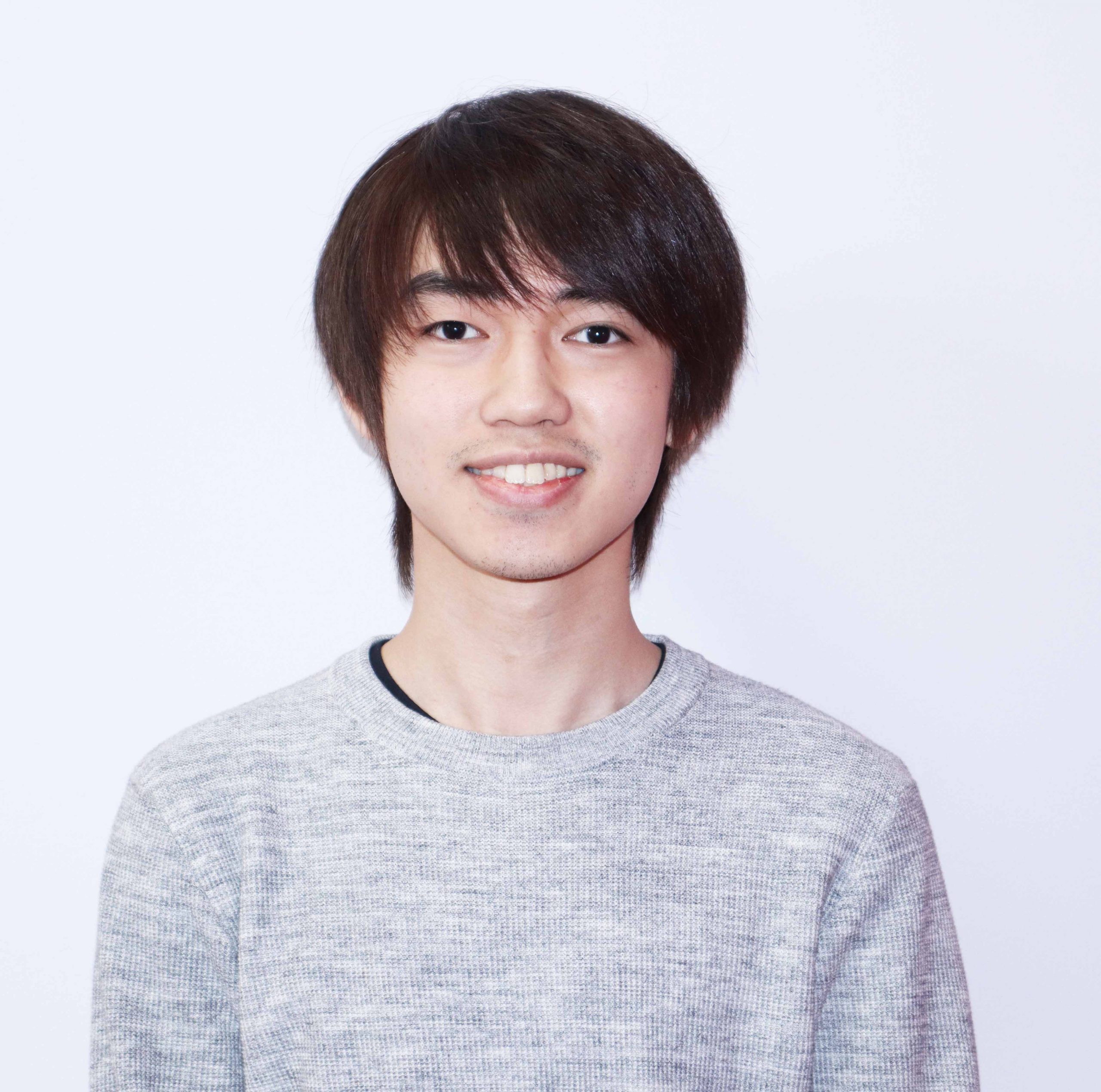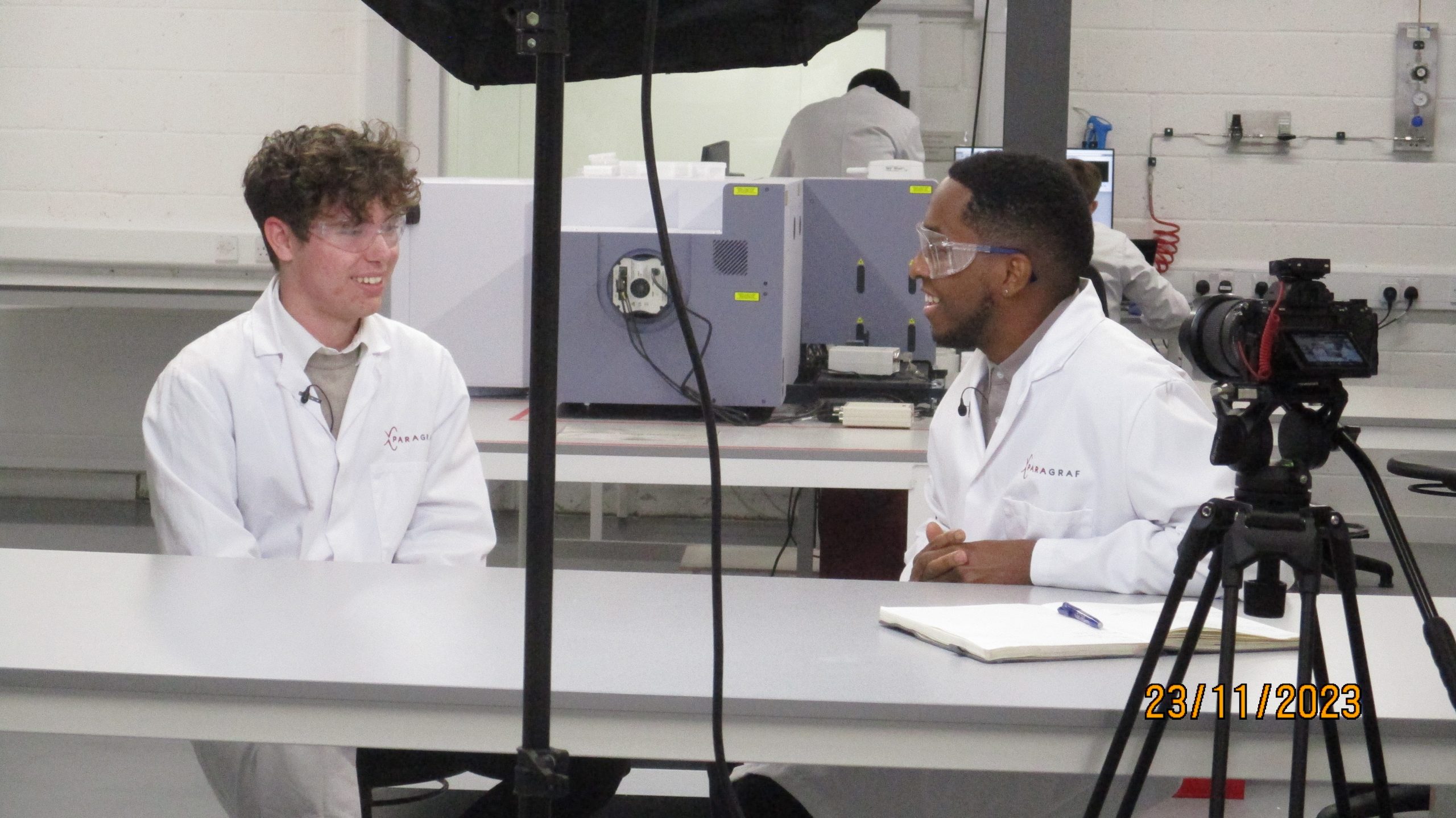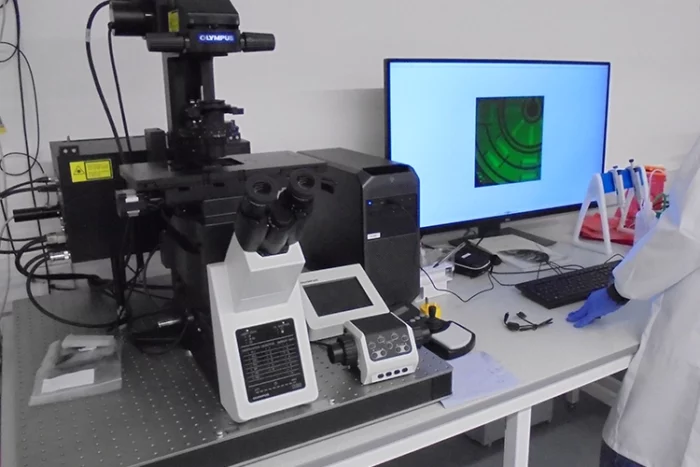
Paragraf has a unique process for depositing uncontaminated, monolayer graphene directly on substrates using standard semiconductor manufacturing tools. The company uses this graphene to create a range of sensors. In January 2023, I had the opportunity to join Paragraf as a Research Intern at its Somersham, Cambridgeshire, headquarters to explore the use of Confocal Fluorescence Microscopy (CFM) in the development of biosensors.
Paragraf has been rapidly building up a range of tools and equipment for use in the development and production of its magnetic sensors and biosensors. I was working on a new piece of equipment installed at the end of 2022. My role was to understand and investigate the use of CFM on graphene functionalised with fluorophore-labelled antibodies. I learned how to use the microscope to acquire fluorescence images of the graphene and worked on finding a sample preparation method that would optimise the obtention of images. These images can help in determining the relative quantity of binding of proteins and antibodies to the graphene. I experimented with the settings of the microscope to find optimal parameters for image acquisition, and by gaining experience on the CFM, I wrote the standard operating procedure (SOP) related to its use.

‘Emilie started her internship couple of weeks after our CFM microscope got installed in our R&D site in Somersham. She had the opportunity to learn more about this new tool and how to use CFM to improve graphene sensors functionalisation through a direct visualisation of fluorescence labelled proteins,’ said Vincenzo Curto, Senior Scientist at Paragraf.
I learned about tools and processes I had never heard of before. It was my first time working in a start up, so learning how it works was interesting. The team was supportive of my activities.
Paragraf’s Research Director, Natasha Conway, said ‘Emilie’s work has enabled us to rapidly optimise the experimental method for our new Confocal Fluorescence Microscope and ensure we get the most out of the tool to support our biosensor research. At the same time Emilie got to experience what it is like working as part of an industrial research team to help her decide on her future career path.’
How Emilie found this opportunity
I am a Chemistry student in the Cooperative Education program at Concordia University in Montreal. As part of my course, I need to complete three work terms during my studies. A university coordinator sent out Paragraf’s job offer to students and I decided to apply as I wanted experience working abroad and I was interested in Paragraf’s research.
I am now back at Concordia, completing my undergraduate studies.

